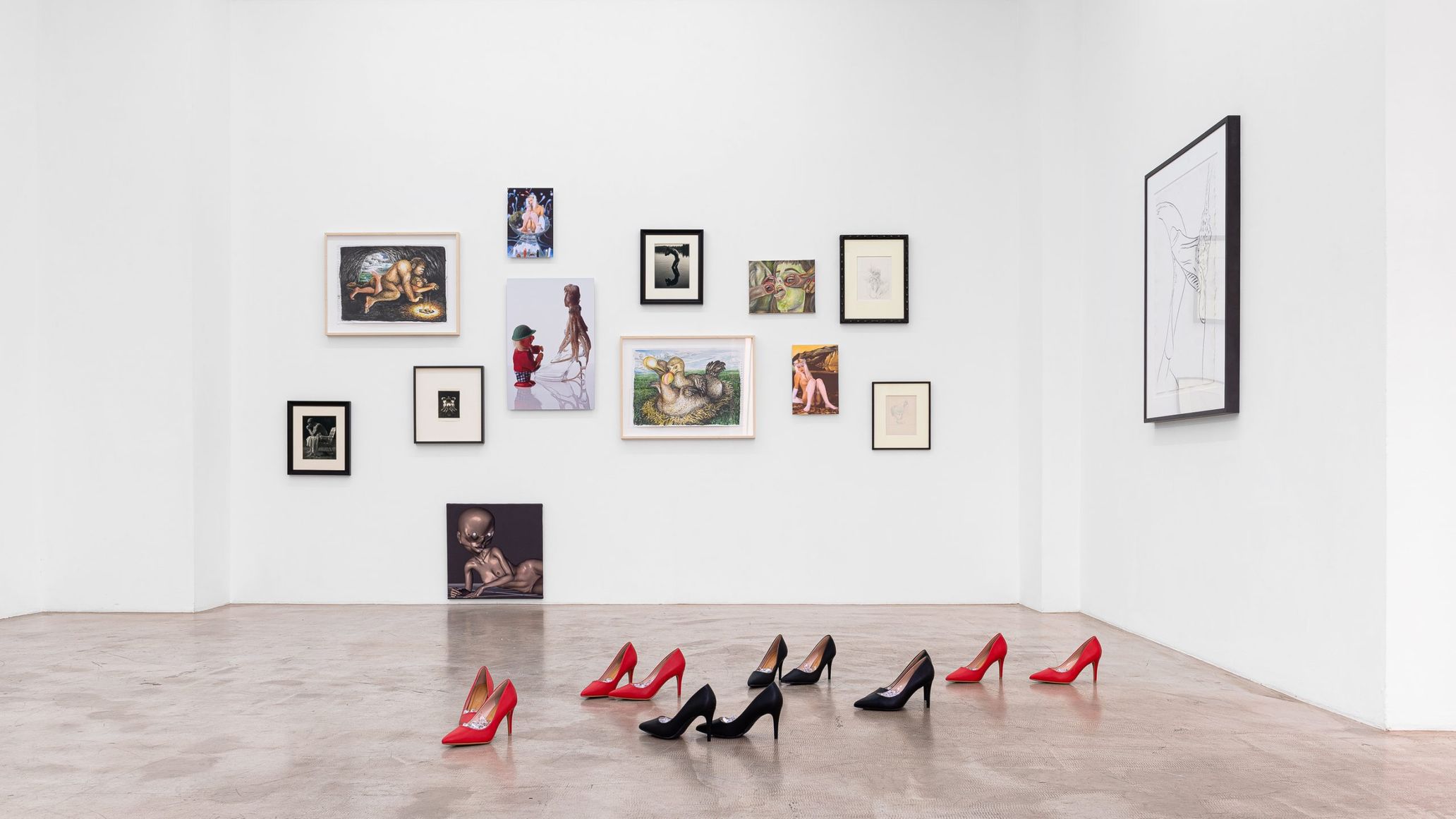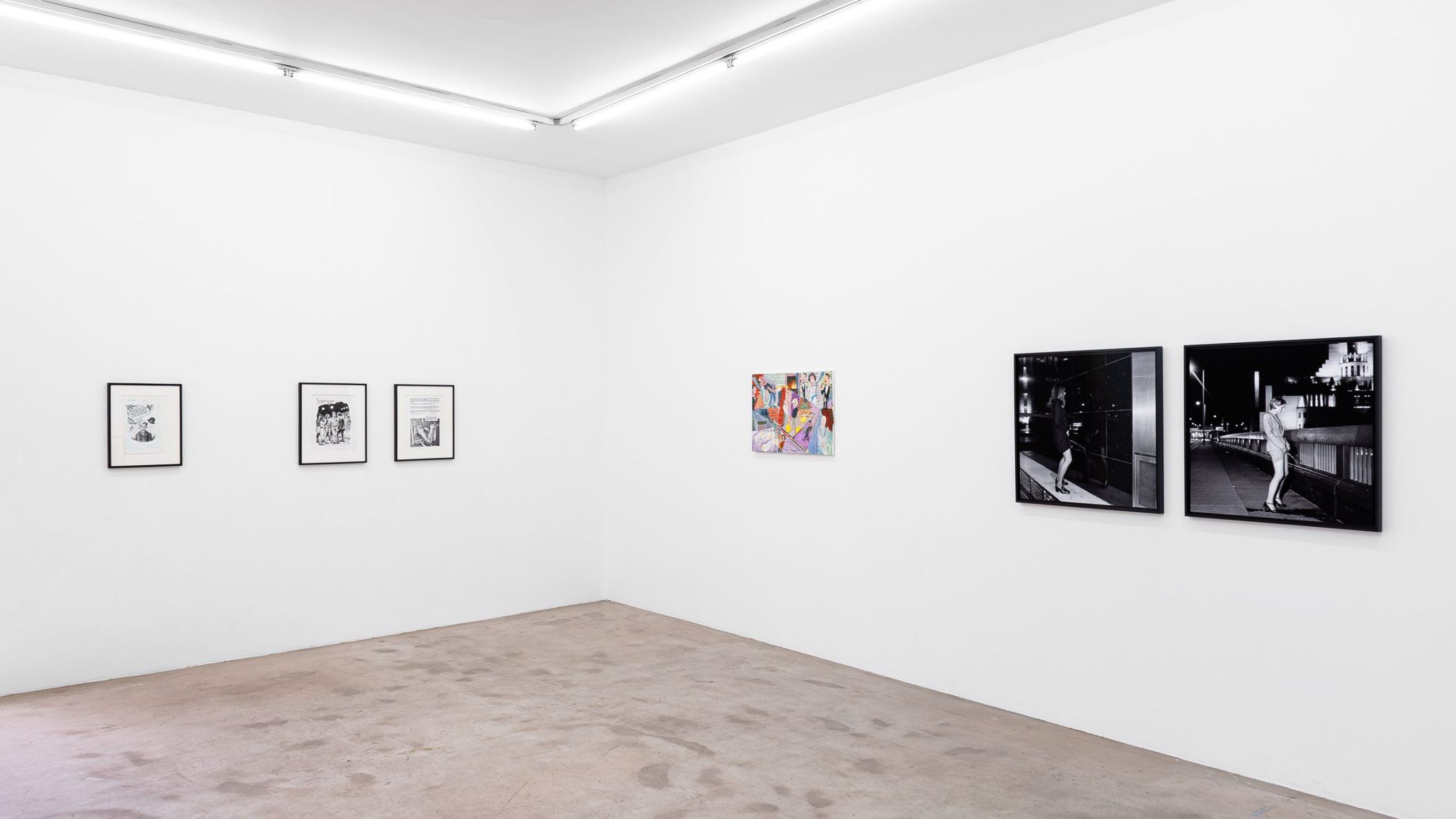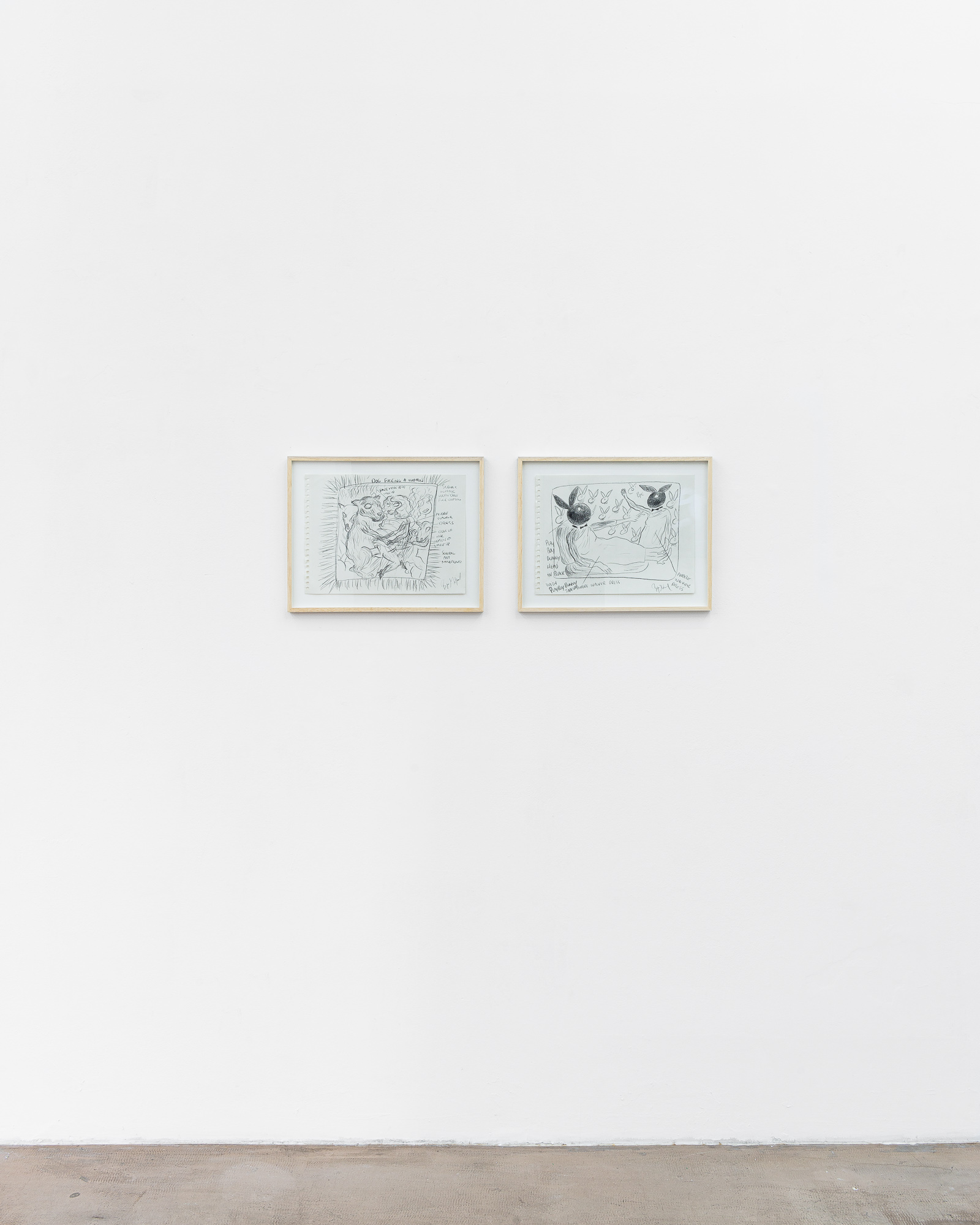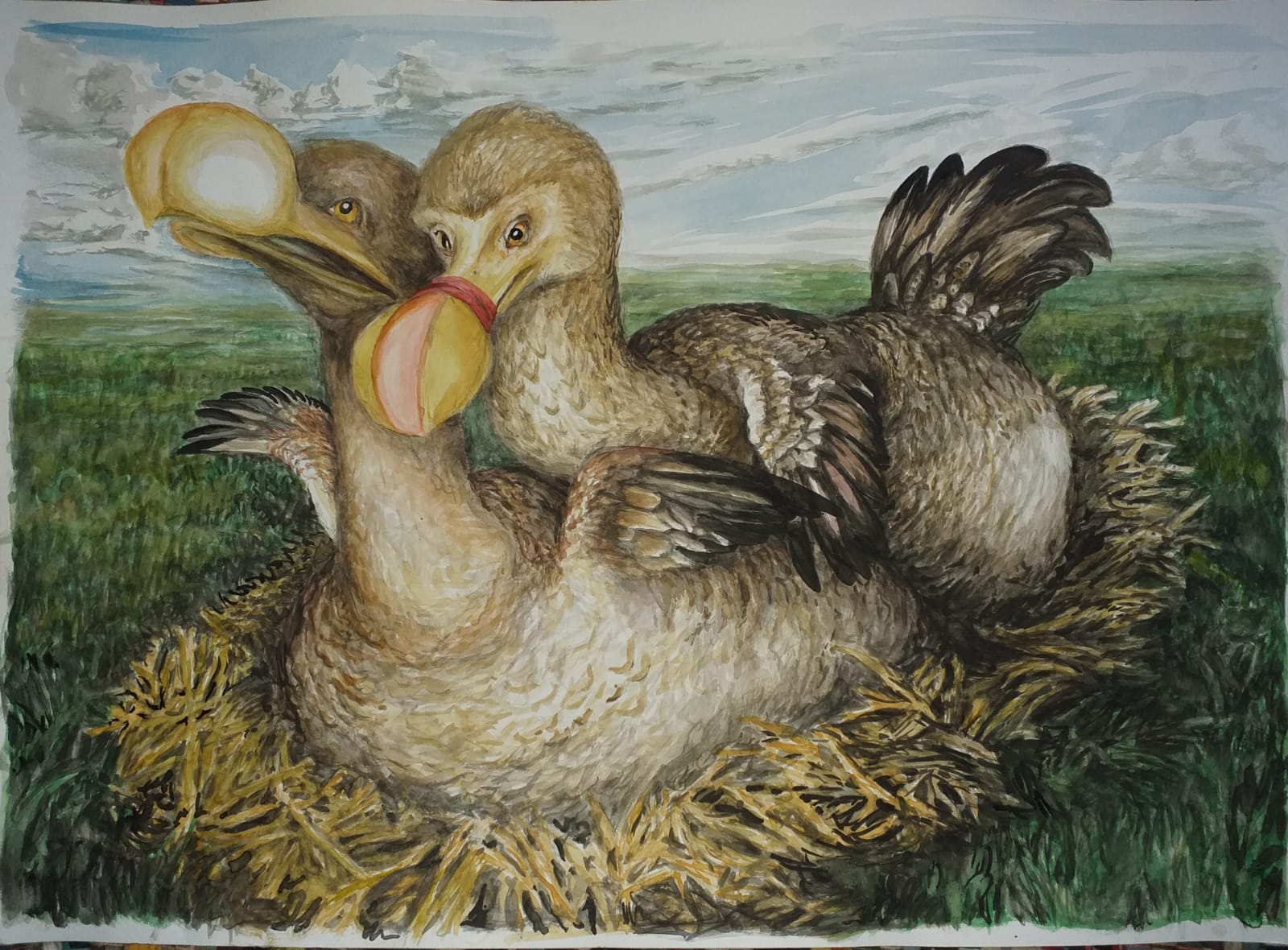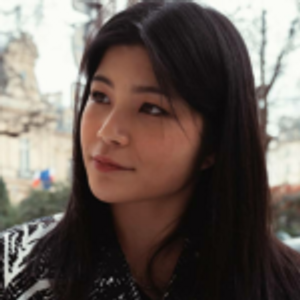At times, art becomes a tool for communication that transcends time and borders, by moving beyond language. Contemporary artists are inspired by the works of past artists to invent the new, which eventually inspires creativity for a future, previewing unseen visions. An exhibition that gives a glimpse of a contemporary artistic response to shunga, was held at the Paris branch of Ruttkowski;68 in the Marais district. The title of the exhibition, “The Dream of the Fisherman’s Wife,” was taken from the Shunga masterpiece by Katsushika Hokusai, and featured works by 22 international artists. The London-based American curator and writer, Steven Pollock, developed the exhibition during lockdown. “Compared to American society, Japanese society seems to be cohesive and well put-together. On the other hand, Japan has all these fantastical things evident in strata of subcultures, such as shunga, anime, and manga. It shows the extraordinary range of creativity and boundless imagination within the culture, regardless of reality.”
“Shunga approaches Shinto animism and pantheism, rejecting Western monotheism”
Ukiyo-e is loved worldwide and known to have influenced Pablo Picasso, Henri de Toulouse-Lautrec, Auguste Rodin, and others. Still, in this exhibition, Pollock focuses only on shunga.
“In contrast to the breathtakingly beautiful ukiyo-e subject matter, such as images of cherry blossoms and landscape paintings, the madness of the Japanese is exuded in shunga. In particular, the idea of having sexual intercourse with two octopuses in “The Dream of the Fisherman’s Wife” shows a Japanese sensibility, closer to Shinto animism, and pantheism, then Western monotheism. It is my understanding, that during the late Edo period when Hokusai lived, the established order of Japan had begun to unravel, and the lifestyle changed significantly. The chaotic world-view emerging out of a changing lifestyle, was expressed by shunga. Hokusai’s Surrealistic shunga is as revolutionary as Salvador Dali’s images, and pre-dates Dali by 100 years. ”
Shunga is a category of ukiyo-e, that depicts the variety of sexual customs popular among the common people during the Edo period. It shows sex with not only existing creatures like octopuses, but also explored sexual intercourse with ghosts or youkai. Shunga utilized scenes from brothels to teach erotic techniques, or exploited voyeurism with forbidden moments, showing a girl peeking at adult sex separated by a paper screen . Eroticism and humour were chosen to create radical scenarios . From the middle of the 19th century, Shunga became taboo and was banned by updated censorship laws to regain order.
Simultaneously, ukiyo-e spread as part of the fashionable “Japonism”, celebrated in Europe which influenced French Impressionist painters. Shunga also became more widely known by the European art world, after the French art critic Edmond de Goncourt introduced “The Dream of the Fisherman’s wife” in the late 19th century.
Even in modern times, works of art may be perceived differently by contrasting interpretations, from Japan and abroad, especially the case with shunga. Overseas, the artistic and cultural value of shunga has been re-evaluated since the 2000s, and exhibitions have been held in Finland, Spain and the UK. The most talked-about was the “Shunga: Sex and Pleasure in Japanese Art” held at the British Museum in London in 2013.
The present exhibition “The Dream of the Fisherman’s Wife” curated by Pollock, focuses on how the style influenced later artists, not the shunga itself, and is re-interpreted via contemporary eroticism. The influence is remarkable in the work of Larry Rivers, known as one of the pioneers of NY pop art in the 60’s. “Erotic Japanese Detail” was exhibited from his own shunga series in the 70s. “Goncourt described ‘The Dream of the Fisherman’s Wife’ as a landscape of genitals, and Rivers’ work has something in common with that vision. Depending on the perspective, in Rivers extreme pop close-up, the woman’s body shifts from comparison to a cave’s hillside entrance, to hair flowing like sea-grass underwater, or echoing Courbet’s ‘ The Source ‘ the couples climax is a waterfall made from dripping semen, which leads to Duchamp or even Jeff Koons” he added.
The Dream is an unholy mantra to shake off the shell and ennui of society’s restrictive tendencies.
In a sepia-colored photo of British artist Penny Slinger, two women dressed as a bride and groom share a dildo in their mouth. This work dated 1973, was created during the women’s liberation movement, but it seems to resonate with current trends supporting an updated gender-free change of consciousness. Slinger is a proto- feminist artist, who has also collaborated with “Dior” in the 2019-20 Fall/Winter haute couture collection, and continues to create new works on the themes of liberation, sexuality and channelling the spirit-goddess.
Power dynamics and colonial symbolism are ingeniously exposed in the paintings of Kent Monkman, an indigenous artist of Cree origin based in Toronto. In Nation to Subject Nation, a Royal Canadian Mounty is caught kneeling and licking the genitals of an indigenous Chief, wearing only an ethnic headpiece with a pair of stiletto knee-high boots, painted in vibrant colors. Broken presumptions of race, dominance and desire are reassembled by Monkman, whom when guised as his alter- ego Miss Chief Testicleless, spills his magic seed for future growth. Kent Monkman’s body of work, changes the role of the artist to re-invent history paintings for the next generation
Robert Hawkins, an American self-taught painter, depicts the mating of the last Dodo birds before extinction, and in a second work, the sexual intercourse of Neanderthals in their cave. Ancient domestic bliss with a fireplace and a cheerful Paleo view, seems to show some things never change. Regarding what he has in common with Hokusai, Pollock concludes that “it is dis-ambiguous, whether it is based on fantasy or reality. ”
British painter Matthew Collings chose a comical style to portray Jackson Pollock pissing into the fireplace at Peggy Guggenheim’s home party in the 1950s in his History of Piss in Modern Art. The painting’s angular sections cut to Andy Warhol’s 80s abstract piss-oxidation paintings, ending with a vacuous scene, representing the current art-wold proto-type alpha male. It shows mega- dealer Larry Gagosian relieving himself in the red plush carpeted stairs of Annabel’s, during Frieze- week 2018 ( a true story says the curator ).
In addition, shibari artist Marie Sauvage performed live at the show’s opening, where she tied her muse wearing only a kimono, and suspended her from the gallery ceiling. Outside of Japan, Shibari is started to be re-interpreted as a living pop art sculpture, transcending its familiar masculine origins.
At the exhibition, these erotic dreams were presented as an unholy mantra to shake off the shell and ennui of society’s restrictive tendencies. States of bliss, ecstasy, nirvana and un-satiated lust are explored; not only by the pleasures associated with sexual intercourse, but also intimacy, contact, and comfort, which are states especially sought-after, since the pandemic. Many artists may have further expanded their dreams in reaction to the oppression experienced by the virus. “The Dream of the Fisherman’s Wife” is likely to continue to stimulate people’s creativity, and become a lubricant for unknown new works.
Steven Pollock
Born in the United States, a London-based curator, writer, and founder of POLLOCK FINE ART.
■”The Dream of the Fisherman’s Wife”
Date: Apri 17 – May 16
Venue: Ruttkowski;68
Location: 8 Rue Charlot, 75003 Paris
Opening hours: 14:00-19:00 *Appointment only, for adults only
Closed: Sundays, Mondays, holidays
Admission: Free
Artists: Hans Bellmer, Kitty Brophy, Robert Crumb, Sante D’Orazio,Jårg Geismar, Kent Monkman, Marieli Fröhlich, Matthew Collings, Robert Hawkins, Bjarne Melgaard, Pierre Molinier, Carlos Pazos, Vilte Fuller, Philomène Amougou, Lily Lewis, Sophy Rickett, Larry Rivers Marie Sauvage, Penny Slinger, Andy Warhol, Bruce Weber, Cicciolina Ilona Staller, Hokusai

